Determining how much propane is left in your propane tank and understanding how much propane your appliances uses can save you from a lot of headaches. We’ve all been there before, BBQing dinner and you go inside and come back out to a cold grill and uncooked meat. Then you need to disconnect your tank, transport it, and exchange it for a new one or refill it. The entire experience can be frustrating and cumbersome, all while being easily avoidable.
I recently dealt with this and ended up doing some research on how to check how much propane your tank has left as well as how to figure out how long it will last. Hoping to save someone else from having to run into this issue, I’ve written this article to summarize my findings as well as include easy to find data on common tank sizes, how much propane common appliances use, and also made a calculator for calculating how long your propane tank will last.
How Long Does a Propane Tank Last?
How long your propane tank lasts depends on the size of the tank and the BTU usage of your appliance connected to the tank. A typical propane grill uses 15k-30k BTU/hr, so a 20lb propane tank will last between 15-30 hours. The Weber Spirit II E-310, one of the most common propane grills uses ~40,000 BTU/hr at full heat and will last 11 hours on a 20lb propane tank.
However, you are typically not running a grill at 100% on all burners for extended periods, and are most likely only using around 13,000 BTU/hr which would last 33 hours of cooking.
To figure out how long your propane tank will last, you first need to know what size propane tank you have and its total BTU capacity.
Common Portable Propane Tank Sizes
More than likely you have a small 1lb propane bottle or a medium-sized 20lb propane tank, but there are other sizes available. Portable propane tanks range in sizes typically from 1lb propane bottles all the way up to 100lb tanks. Anything beyond that becomes quite heavy and is usually permanently affixed to a home.
Below are some common portable propane tank sizes as well as their total BTU capacity and how long they last with average appliances.
| Propane Tank Size | Total BTU’s | Run Time – 15k BTU (Hrs) | Run Time – 30k BTU (Hrs) |
| 1lb / 16oz | 21,045 | 1.43 | 0.72 |
| 5 | 107,055 | 7.17 | 3.58 |
| 11 | 236,070 | 15.77 | 7.88 |
| 20 | 430,050 | 28.67 | 14.33 |
| 30 | 645,075 | 43.01 | 21.50 |
| 40 | 860,100 | 57.34 | 28.67 |
| 60 | 1,075,125 | 86.01 | 43.01 |
| 100 | 2,150,250 | 143.35 | 71.67 |
Is your propane tank size not listed above? You can check out my related article on how many gallons are in a propane tank to calculate the BTU output for your specific size tank.
Now that you know how many BTUs your propane tank has, we need to find out how many BTUs your appliance uses in an hour so we can calculate how long your tank will last.
Common Appliances BTU Output
Gas appliances come in various sizes and produce various amounts of BTUs, whether that’s a BBQ grill or heater. If you do not know how much your exact appliance uses, I have put together a simple chart below showing some of the common appliances and how many BTUs they use, as well as how long a 20lb propane tank would last when using it at 100% output. Some of these, such as water heaters would not use a 20lb propane tank, but I just wanted to include those for general comparisons.
| Appliance | BTU Output | 20lb Tank Run Time 100% Output |
| Small Camping Stove (1 burner) | 8,000 | 53.76 hours |
| Medium Grill (2-3 burners) | 30,000 | 14.33hours |
| Large Grill (4+ burners) | 48,000 | 8.96 hours |
| Small Heater | 5,000 | 86.01 hours |
| Large Heater | 30,000 | 14.33 hours |
| Outdoor Patio Heater | 50,000 | 8.60 hours |
| Outdoor Firepit | 50,000 | 8.60 hours |
| 12″ Pizza Oven | 16,000 | 26.88 hours |
| 16″ Pizza Oven | 25,000 | 17.20 hours |
| Small Weed Burner | 24,000 | 17.92 hours |
| Medium Weed Burner | 100,000 | 4.30 hours |
| Large Weed Burner | 500,000 | 0.86 hours |
| 40 Gallon Water Heater | 32,000 | 13.44 hours |
| 50 Gallon Water Heater | 42,000 | 10.24 hours |
| 75 Gallon Water Heater | 75,000 | 5.73 hours |
Calculating BTU Usage
Finally, to determine how long a propane tank will last you simply need to divide the tank’s total BTU capacity by the appliance’s BTU/hr usage.
Tank BTU Capacity / Appliance BTU per hr Consumption = Total Run Time
For example, a 20lb propane tank contains 4.7 gallons of gas, with each gallon containing 91,500 BTUs. So a 20lb propane tank contains a total of 430,050 BTU. If your appliance uses 13,000 BTU per hour, you can divide 430,050 by 13,000 to get 33.08, which is how many hours the propane tank will last.
Propane Tank Fuel Consumption Calculator
Below is a calculator you can use to determine how long your propane tank will last. Simply enter the propane tank size, the appliance’s BTU rating, and at what percent you will be using the appliance.
How To Determine How Much Propane Is Left A Propane Tank
There are a handful of ways you can determine the remaining amount of propane in your tank, some are more accurate than others.
Using a Scale (Most Accurate)
You can use a common household scale to calculate precisely how much propane is left. Start by weighing the propane tank without a hose or regulator attached. The propane tank or bottle will have the tare weight listed on its side. You can then subtract the tare weight from the total weight to determine how much liquid propane is inside.
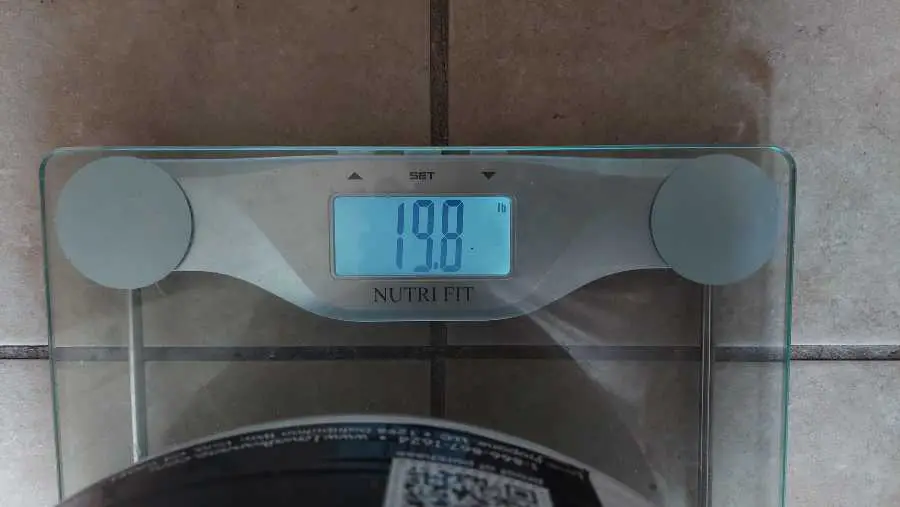
For example, if your 20 lb propane tank has a tare weight of 17 lbs, and when full it holds 4.7 gallons of propane (a gallon of propane weighs roughly 4.25 lbs), then the tank will weigh 37 lbs. Now let’s say you weigh it and the total weight is only 27 lbs, you can determine that there is 10 lbs of propane left, or 2.36 gallons of liquid propane remaining. (hint: a 20lb propane tank is labeled as 20 lbs because it contains 20 lbs of liquid propane.)
Use A Propane Sensor Device (Highly Accurate)
Nowadays you can find ultrasonic propane tank sensors easily online that keep track of your propane tanks fill level, such as the Mopeka Pro Check Sensor which you can find on Amazon. This is great for anyone who uses their propane tanks regularly, such as those using propane in their RV.
The Mopeka is a simple wifi device that you attach to the underside of your propane tank and it allows you to see how full your propane tank is through their free app on your smartphone. It’s extremely easy to set up and works with any size propane tank, allowing you to easily see how much propane you have left. You can even set up alerts to be notified when your propane tank drops below a certain level. And, if you don’t want to use an app on your phone, you can get a Mopeka LED Gauge to sync with your sensor.
Hot Water Method (Less Accurate)
Probably the easiest way to check the fill level without any special tools is to use hot water to find the fill level. While not being used, you can pour hot water on the propane tank to find the fill level. This works because the liquid propane in the tank absorbs the heat from the water, creating a temperature difference.
Above the fill level, the tank will be warm and below the fill level where there is propane, it will feel cold. (Tip: do this when your propane tank is full and use a permanent marker to draw a line where the fill level is to get a visual sense of how much propane is left.)
Propane Tank Scales (Least Accurate)
You can find these on some models of BBQs, which can be useful for getting a general sense of how full your propane tank is, however, because all propane tanks have different tare weights, and the scale can become uncalibrated, you can easily get incorrect information. I have the Weber Genesis II and it has one of these scales, but I find it inaccurate.
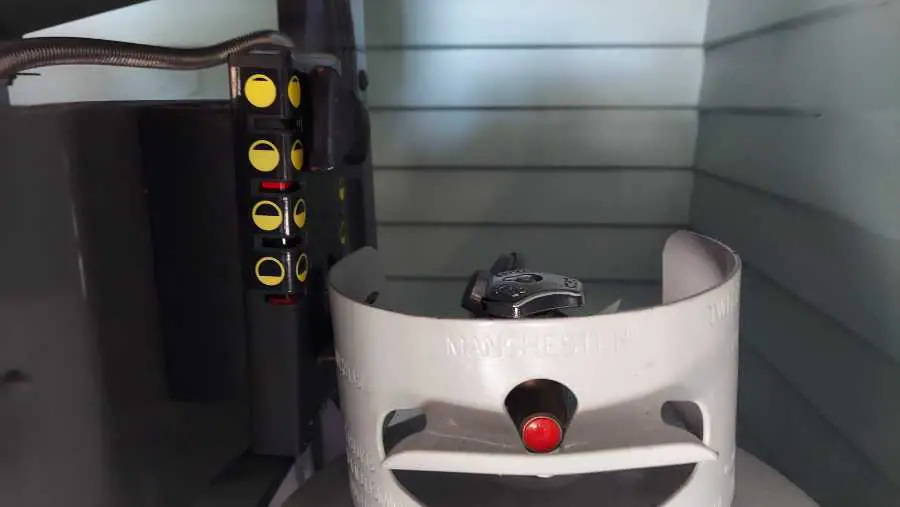
How Much Does A Propane Tank Weigh?
As I mentioned earlier, in order to calculate how much propane is inside a propane tank by weighing it, you need to know the weight of the tank when empty. This is called the tare weight, and it is typically listed on the side of the propane tank. On average, a 20lb propane tank weighs 17 lbs and holds 20 lbs of propane. This means when full, a 20lb propane tank weighs 37 lbs.
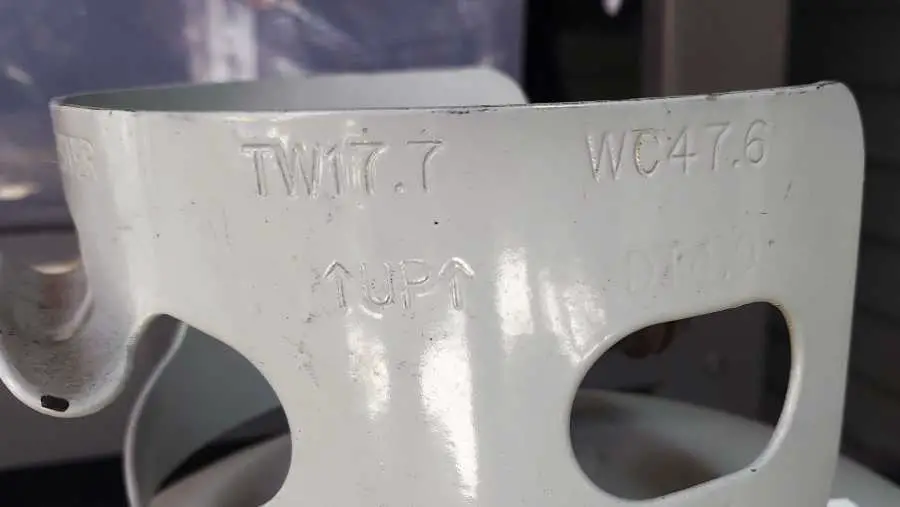
Propane Tank Tips:
Refilling A Propane Tank At Home
It is possible to refill propane tanks yourself at home. For obvious safety reasons, you should only do this if you are familiar with LPG systems. You can purchase an adapter that allows the liquid propane inside one tank to enter another one. On smaller portable tanks, this connecter requires you to turn the full tank upside down, so the valve is on the bottom, whereas larger ones will require tanks to be fitted with a liquid withdrawal valve.
This can be difficult to do with a large tank like a 20 lb tank, however, it is a lot easier to manage with a smaller size such as a 1 lb propane bottle.
Transporting Propane Tanks
When transporting propane tanks it is always important to follow a few things:
- Always handle propane tanks with care
- Ensure the valve is fully closed, and inspect the tank for any damage
- Propane tanks should always remain vertical, so make sure to secure them properly
- Never smoke near propane tanks
- Avoid keeping the propane tank in the passenger area of a car
Storing Propane Tanks
One of the best features of using propane is how easy it is to store and how long the shelf life is. Propane can be stored indefinitely, making it a great option for locations that do not frequently get visited or can be difficult to refuel.
While propane itself does not have a specific shelf life, the tanks do. All propane tanks will have their manufactured date listed on them and should be frequently maintained and inspected for damage or signs of corrosion and leaks. Whole home propane tanks that are stored underground will last longer than portable and above-ground propane tanks.
- Portable propane tanks have an expected 12 year lifespan
- Above-ground propane tanks have an expected 30 year lifespan
- Underground propane tanks have an expected 30-40 year lifespan
To determine when you need to have your tank recertified or when to purchase a new one, you can look at the manufactured date and add 12 years.
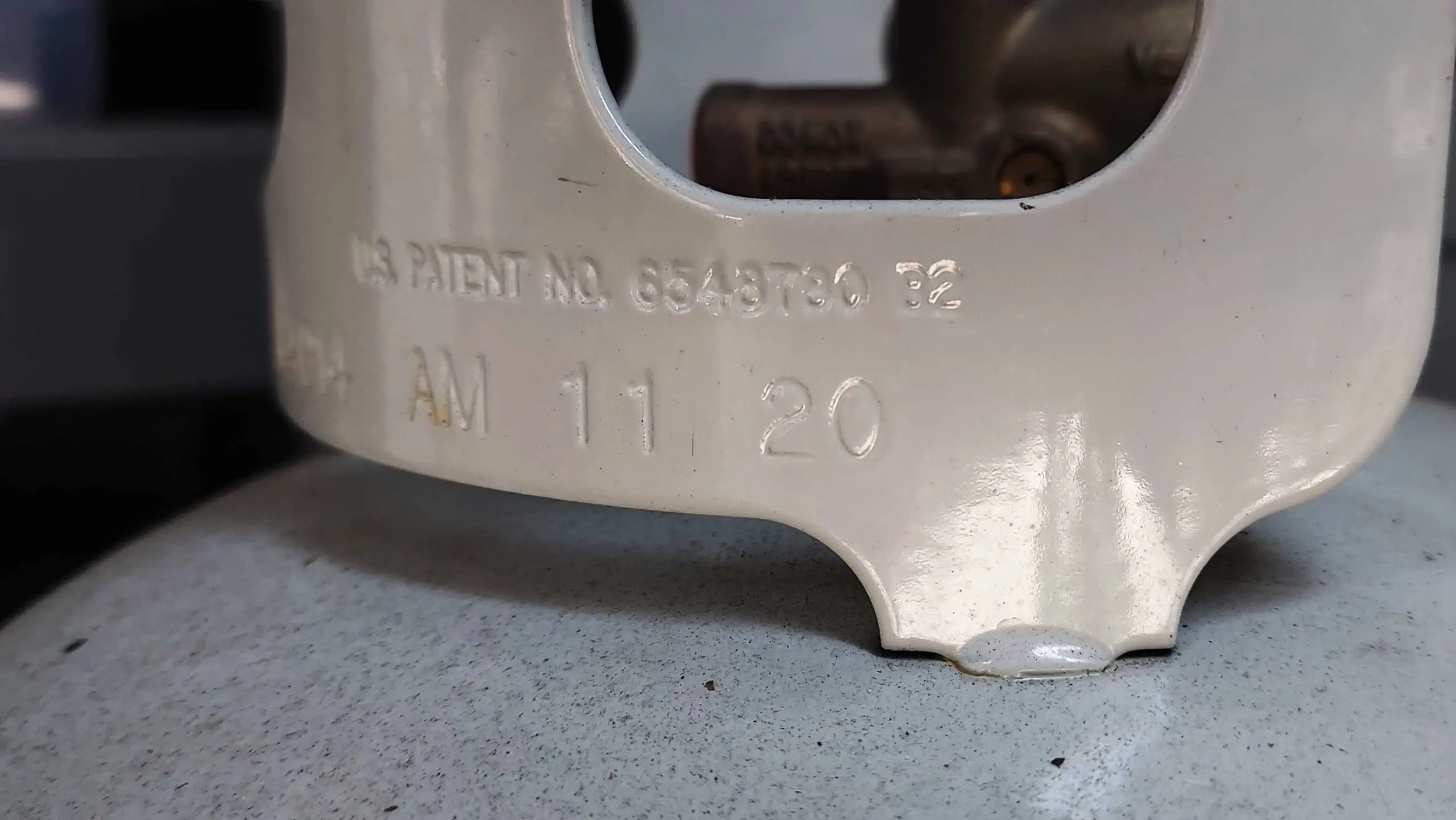
Make sure to regularly check the valve whenever your planning on using a propane tank and always check the hose connection. You can find some gas leak sprays on Amazon or you can dilute some Dawn dish soap in water and use a spray bottle to look for leaks. If you see bubbles you’ll know your connection is loose and you need to retighten.
Always store propane tanks in well-ventilated locations and never store them indoors. Ensure your propane tank is stored away from open flames, away from heat sources, and any ignition source.
Depending on the weather where you live, you may opt to purchase propane tank blankets/warmers, or heat shields. Propane tank blankets and warmers protect tanks from extreme cold as well as allow the tanks to continue operating. Propane heat shields can be used to protect propane tanks from direct sunlight as well as intense heat.
Hopefully now you can get into BBQ season or prepare for winter fully prepared with understanding how much propane your appliances use and how long your tank will last. If you have any questions or comments, as always, feel free to reach out.
Thank you and God Bless!

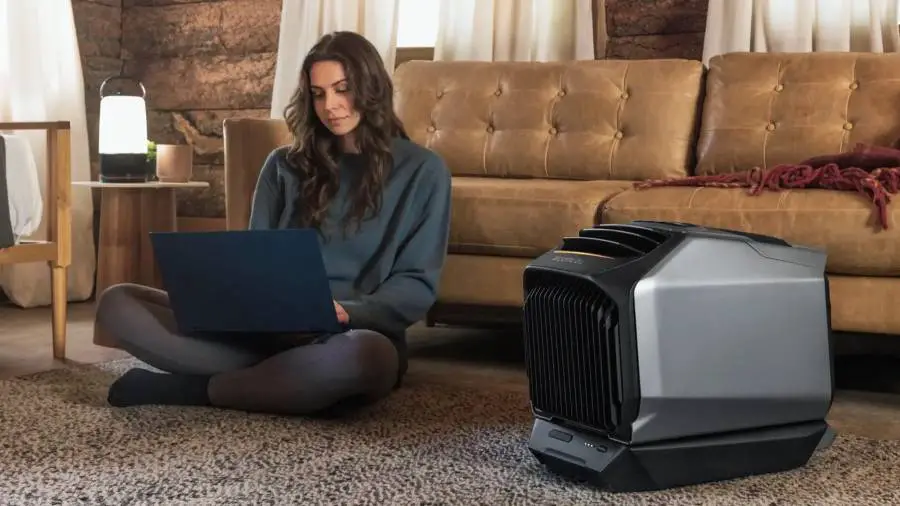

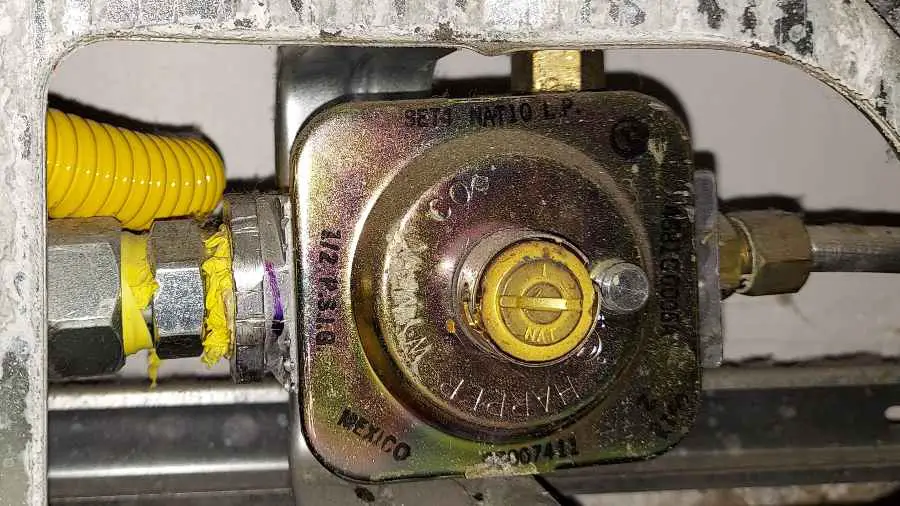
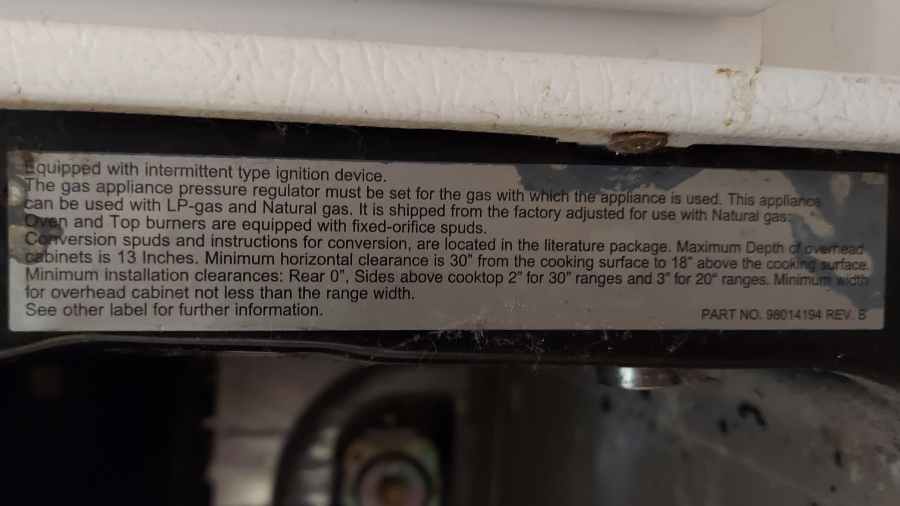
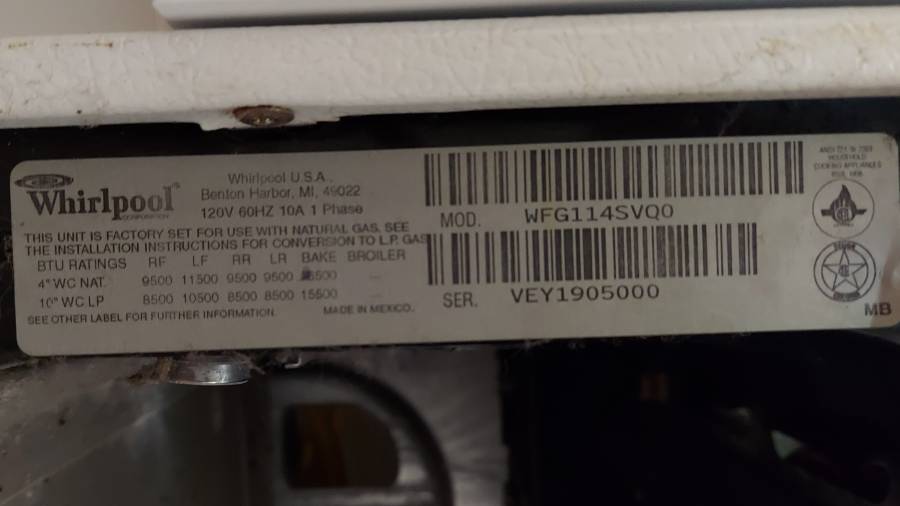
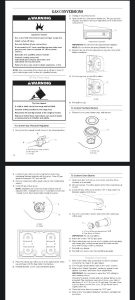



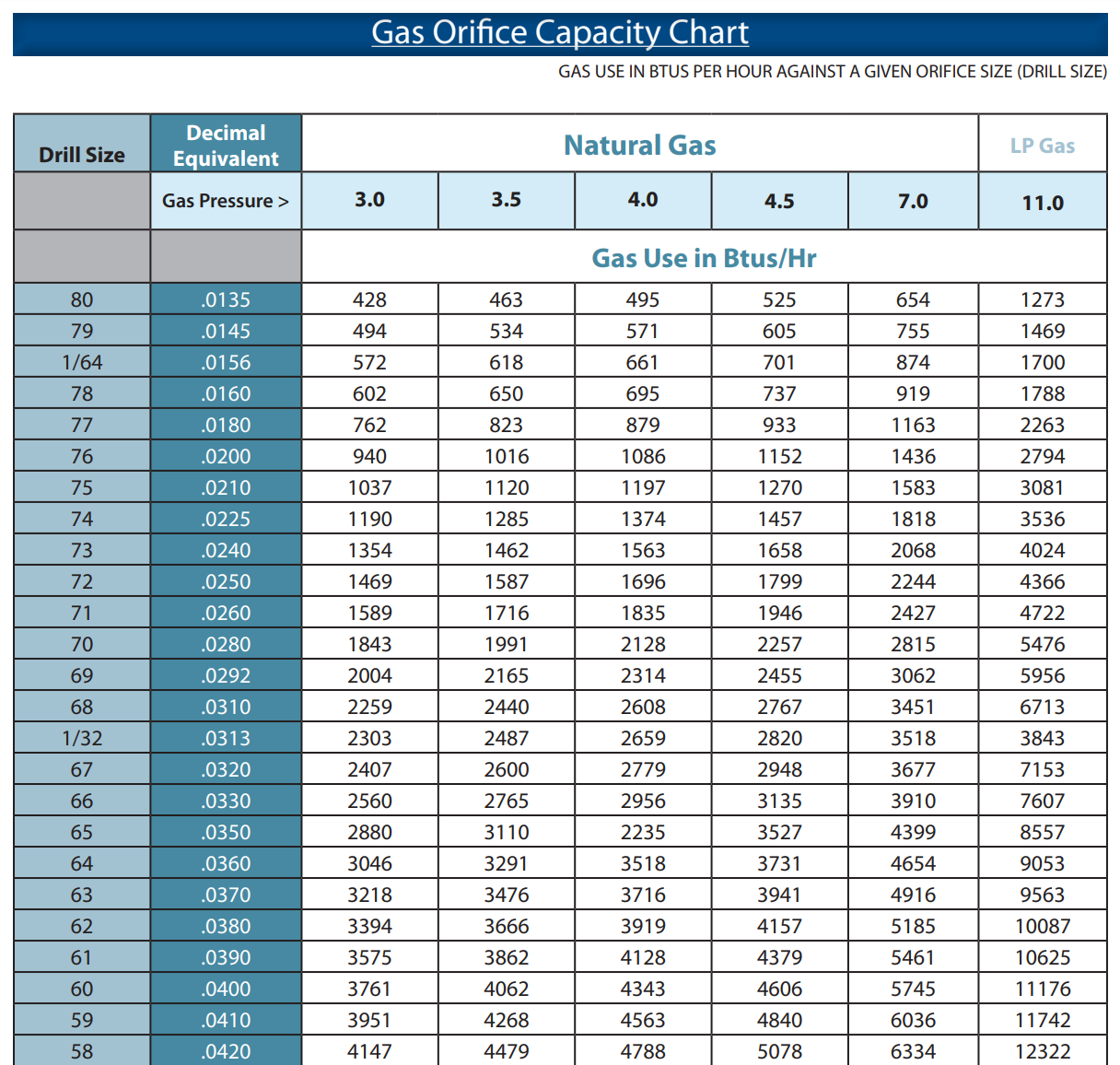
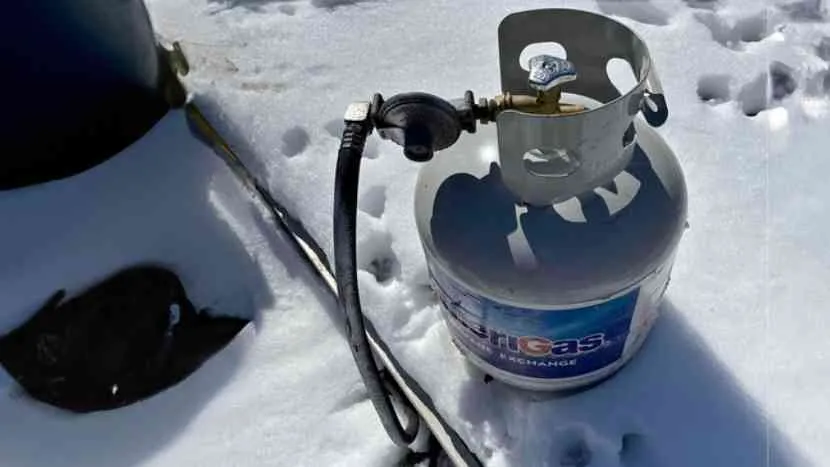
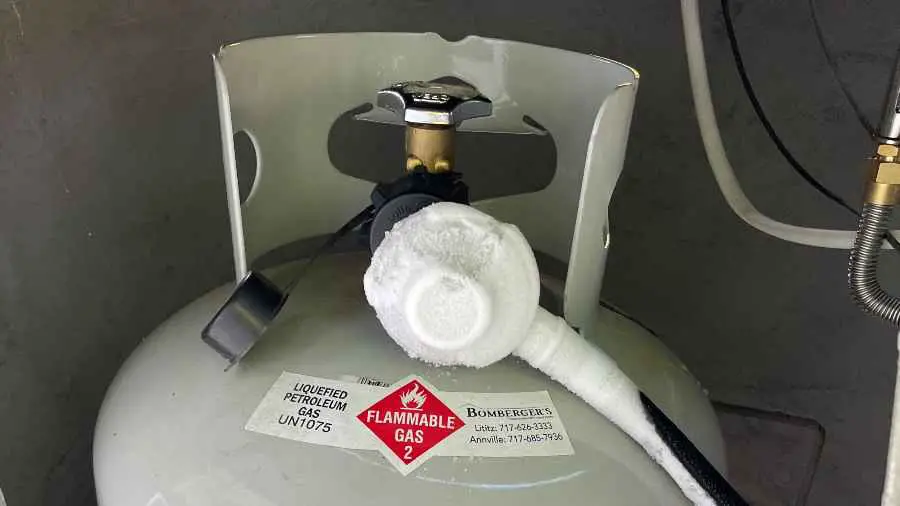
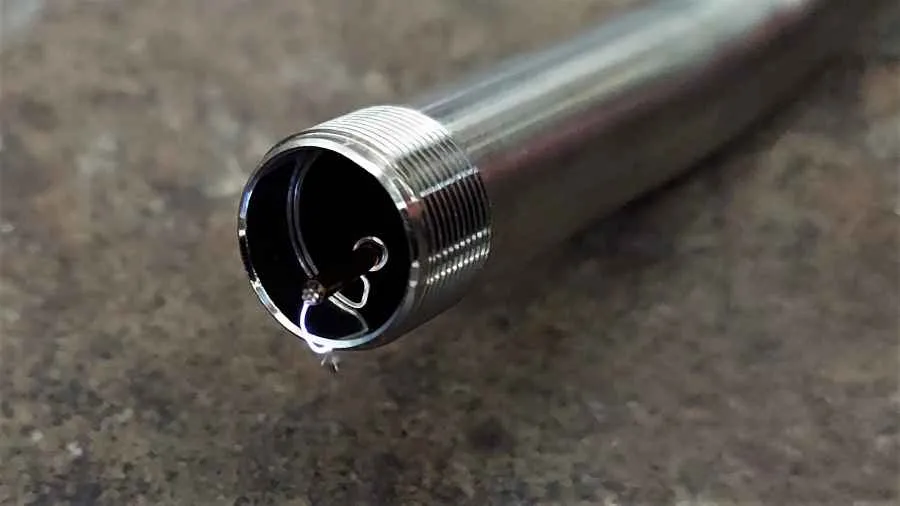
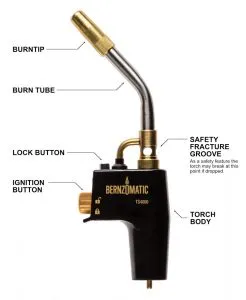 I’ve put together this step-by-step guide on how to easily fix 99% of torch issues, if you follow these simple steps it should start working again. If not, it may be time for a new torch.
I’ve put together this step-by-step guide on how to easily fix 99% of torch issues, if you follow these simple steps it should start working again. If not, it may be time for a new torch.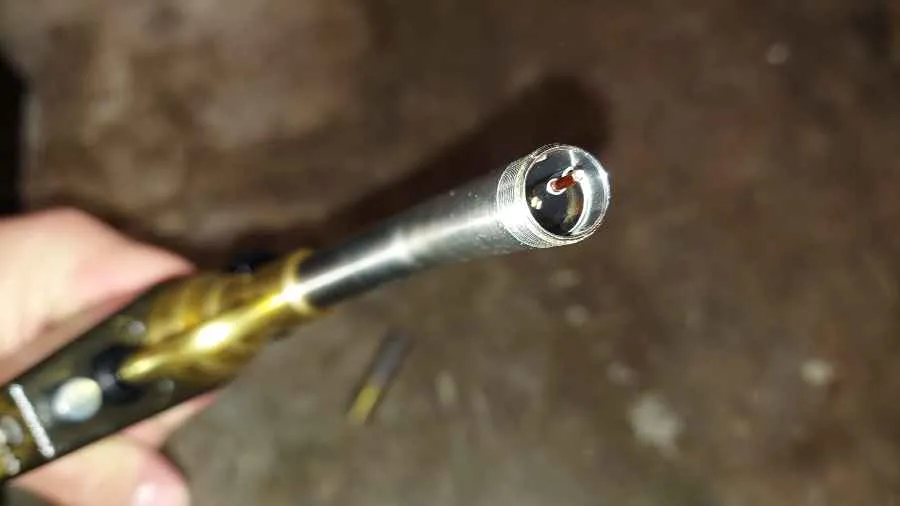
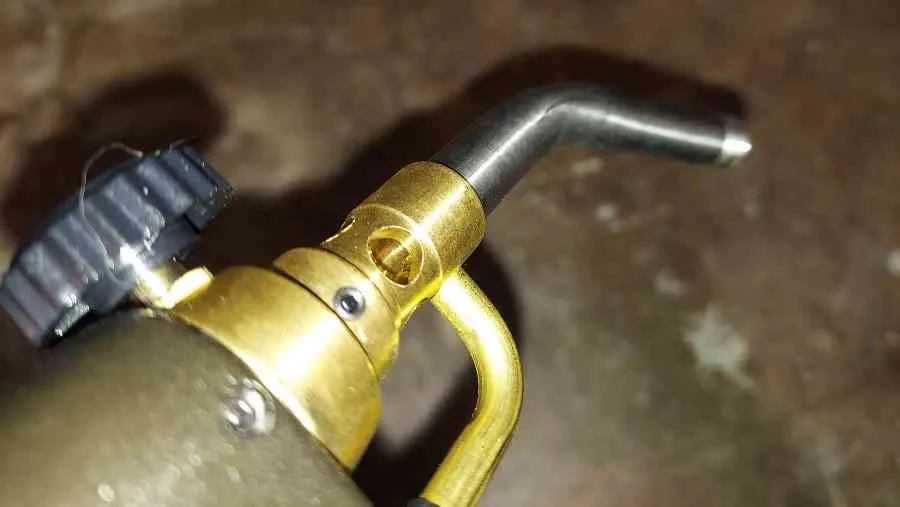
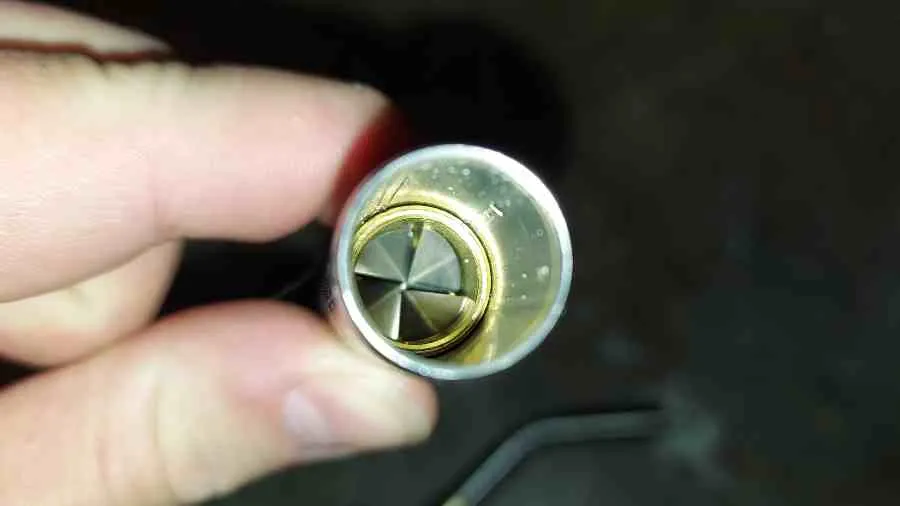


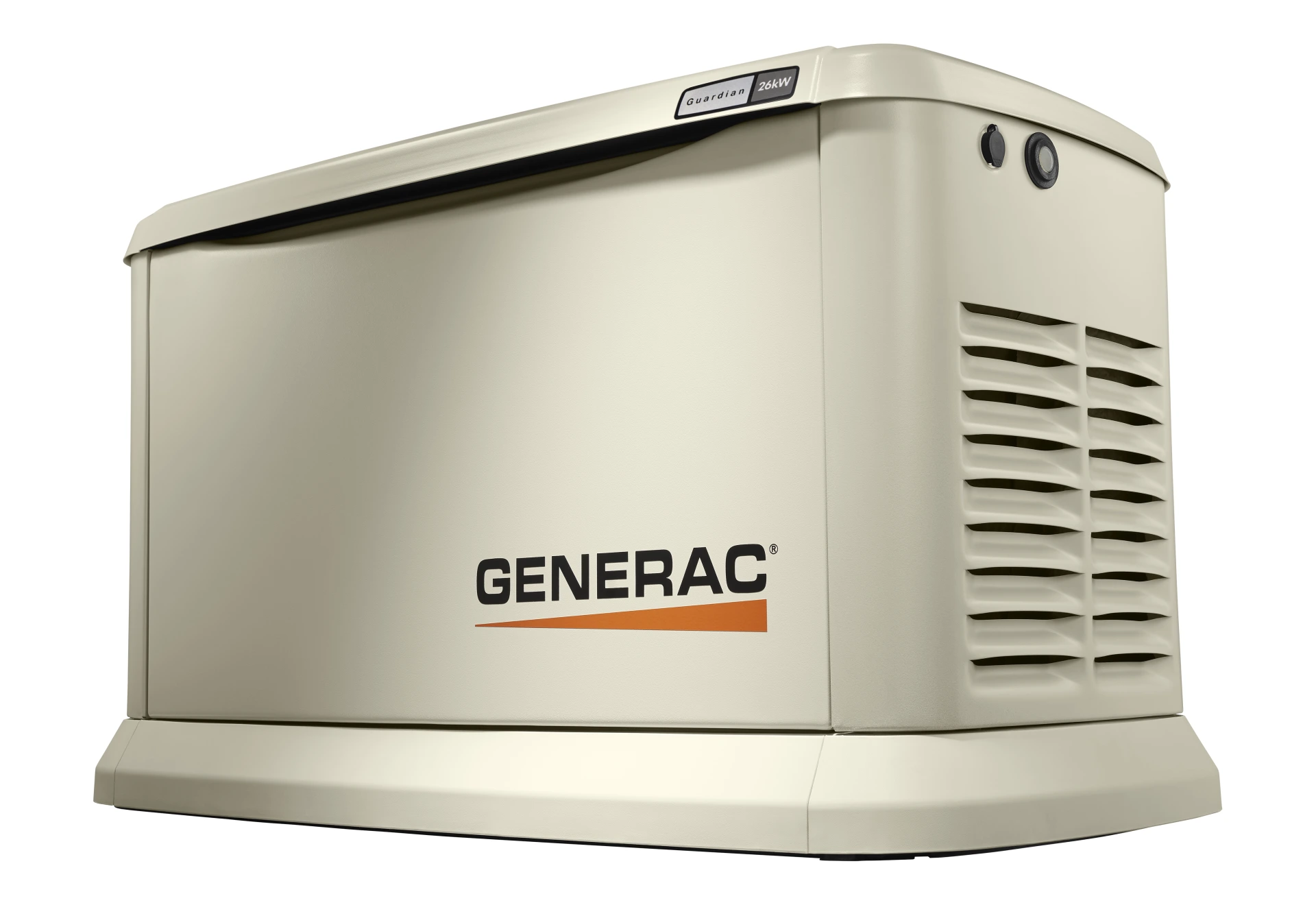


 About The Book
About The Book About The Book
About The Book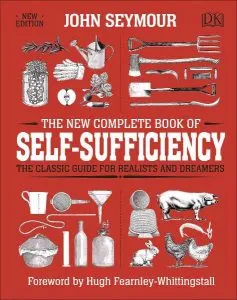 About The Book
About The Book About The Book
About The Book About The Book
About The Book